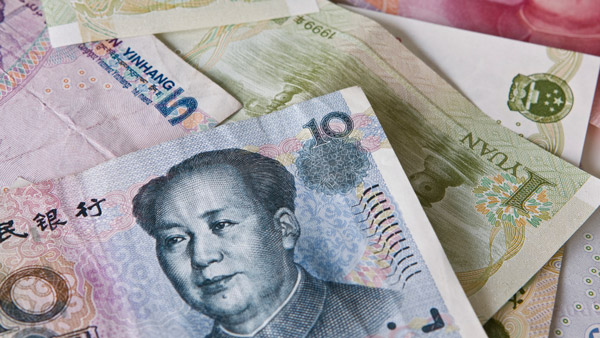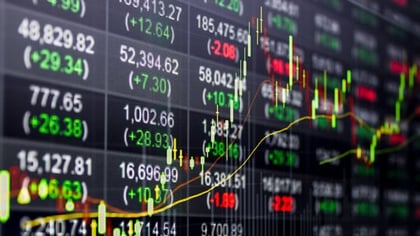 (Photo: Thinkstock)
(Photo: Thinkstock)
Get ready for more mainland-listed Chinese stocks in mutual funds and ETFs. Starting June 1, MSCI will be including Chinese A-shares in its emerging markets and MSCI ACWI (All-Country Wide) indexes as well as in its China index.
A-shares trade on the two primary Chinese stock exchanges — in Shanghai and Shenzhen — and are priced in Renminbi, the local currency. They have become more accessible to foreign investors since Chinese authorities agreed to a trading link between the Shanghai and Hong Kong stock exchanges in 2014 known as Stock Connect, which was extended to include the Shenzhen exchange in 2016.
As a result of Stock Connect and increasing demand from investors, MSCI last June announced plans to include China A-shares in its indexes beginning this year, according to Sebastien Lieblich, global head of Index Management Research at MSCI.
(Related: MSCI to Add China A Shares to Emerging Markets Index: What It Means for Investors)
About 230 large-cap stocks will be included as partial weightings in the MSCI indexes, using only about 5% of the free float-adjusted market capitalization of each company, which will exclude the weighting of any China state ownership, explained Lieblich.
Initially the China A shares will constitute about 4-5% of the weight of MSCI China index, about 0.8% of it MSCI Emerging Market index and about 0.15% of its ACWI Index, which will have a minimal impact on funds and ETFs that track the index such as iShares Emerging Markets Index ETF (EEM) as well as actively managed funds that track the MSCI China, emerging markets and ACWI indexes
Chinese stocks listed in Hong Kong and overseas currently have a 30.9% weighting in EEM, which would increase to 31.7% following the inclusion of China A shares.
Eventually, as heavier weights of China A shares are included in the MSCI index, including the addition of mid-cap and small-cap A shares, Chinese equities could constitute over 45% of the firm’s Emerging Market index, says Lieblich.









 March 19, 2018 at 11:13 AM
March 19, 2018 at 11:13 AM











